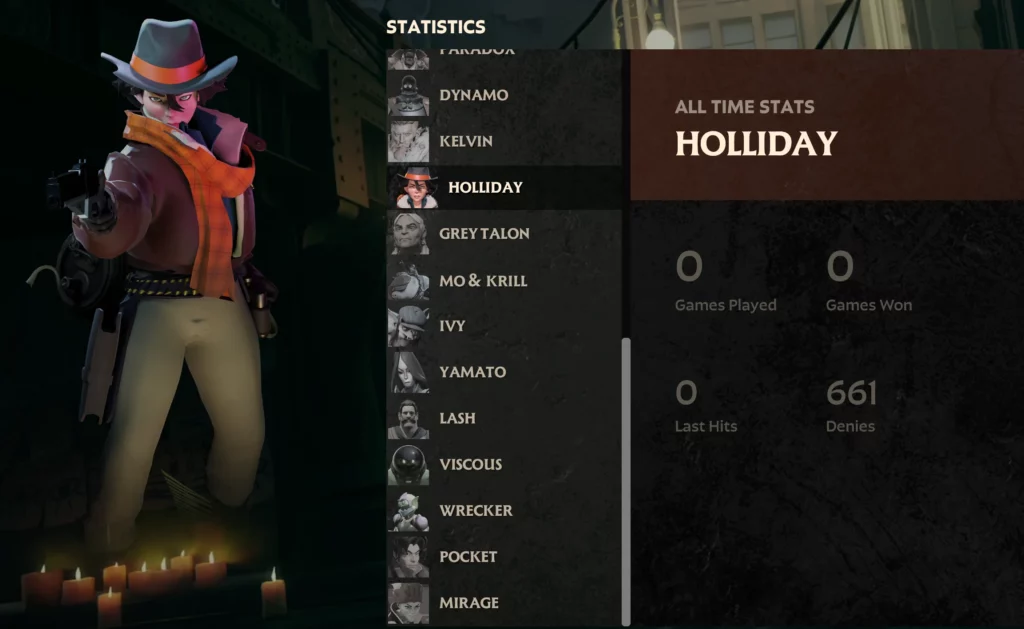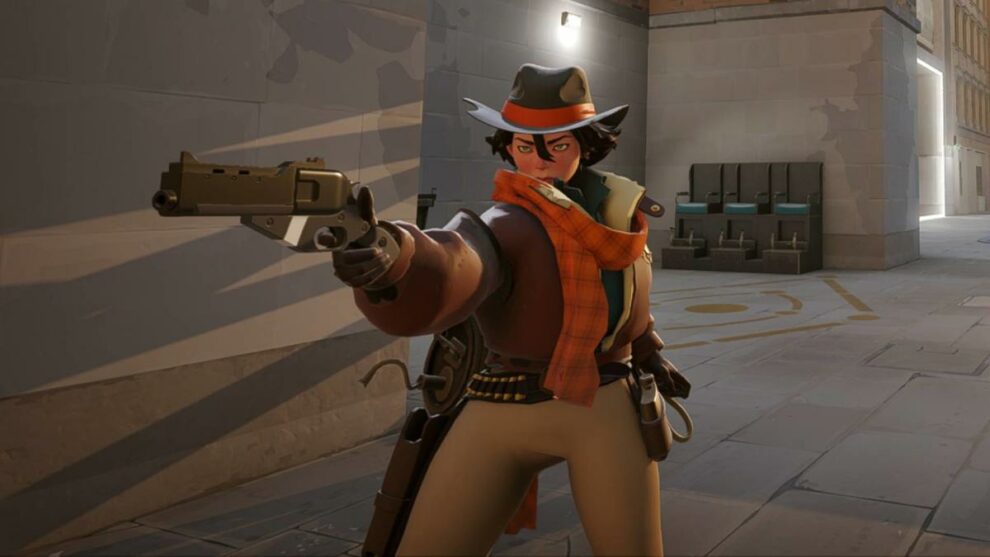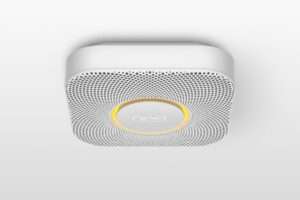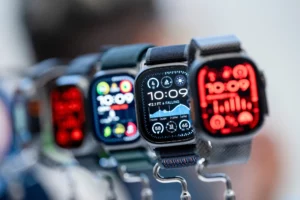A new controversy is brewing in the gaming community as Deadlock introduces its latest hero, Trapper, whose spider-based abilities have raised concerns about accessibility for players with arachnophobia. The character’s ultimate ability, “Crawling Plague,” which unleashes waves of spectral spiders against enemies, has prompted discussions about the need for arachnophobia settings in modern games.
Trapper joins Deadlock’s roster through the Hero Labs with a kit focused on crowd control and team support, featuring abilities like Bottled Phantasmicide for area denial, Silktrap for movement restriction, and Pest Barrier for team protection. While these abilities align with typical MOBA gameplay mechanics, it’s the spider-themed ultimate ability that has drawn particular attention from the gaming community.
The absence of an arachnophobia setting in Deadlock stands in contrast to an emerging trend in the gaming industry, where developers increasingly accommodate players with this common phobia. Notable examples include Call of Duty: Black Ops 6’s Zombies mode, which transforms spider enemies into abstract floating masses, and Lethal Company’s creative solution of replacing spider models with the word “spider” itself.
Trapper’s introduction to Deadlock represents a broader pattern in the game’s design, where crowd control abilities are prevalent across the hero roster. Characters like Grey Talon and Seven already possess similar crowd control capabilities, making Trapper’s control-heavy kit consistent with the game’s established mechanics. However, the visual implementation of these abilities through spider imagery presents a unique challenge for players with arachnophobia.
The character’s design raises important questions about accessibility in gaming, particularly in competitive titles where players might feel compelled to engage with content despite personal discomfort. While arachnophobia settings have become increasingly common in single-player experiences, their implementation in competitive multiplayer games presents unique challenges in maintaining competitive integrity while accommodating player needs.
The update introducing Trapper also brings significant quality-of-life improvements to Deadlock, including hero reworks, item and weapon fixes, building redesigns, and the addition of private lobbies in Hero Labs. A notable feature is the new Quickbuy system, allowing players to create purchasing queues for more efficient item management during matches.
This situation highlights the evolving expectations for accessibility options in modern games, as developers face the challenge of balancing creative design choices with player comfort. The gaming community’s response to Trapper’s introduction demonstrates increased awareness of accessibility needs and the importance of inclusive design in contemporary game development.
The controversy surrounding Trapper’s spider-based abilities reflects a broader conversation about accessibility in gaming, where developers must navigate the complex balance between maintaining their creative vision and ensuring their games remain accessible to a diverse player base. As games continue to evolve as a medium, the industry’s approach to addressing player phobias and other accessibility concerns continues to develop.
As Deadlock’s community experiences this new content, the discussion around implementing an arachnophobia setting remains active, potentially influencing future updates to the game and setting precedents for how competitive multiplayer games handle similar accessibility concerns. The situation serves as a reminder of the gaming industry’s ongoing evolution in addressing player needs while maintaining engaging and competitive gameplay experiences.
Players can currently test Trapper in the Hero Labs, though the development team may need to consider implementing accessibility options in future updates to ensure all players can fully engage with the game’s content, regardless of their comfort level with arachnid-themed abilities.
















Add Comment